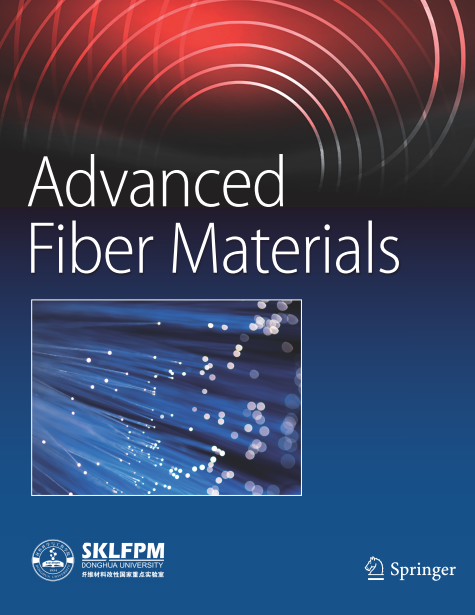A Time-Scheduled Oxygen Modulation System Facilitates Bone Regeneration by Powering Periosteal Stem Cells
Abstract
Chronic hypoxia affects stem cell function during tissue repair. Thus far, the hypoxia-associated impact on periosteal stem cells (PSCs), the main contributor to bone repair, remains unknown, and a tailored oxygen modulation strategy for optimizing PSC function is lacking. Here, PSCs exhibit time-dependent proliferation and survival upon hypoxic exposure and a critical 48-h time-point is identified at which hypoxia transitions from beneficial to detrimental. Then, a photothermal-sensitive coaxial fiber-reinforced membrane containing oxygen and pravastatin is constructed to function as an intelligent oxygen supply system. Leveraging near-infrared light as an ON/OFF switch, the system noninvasively scales up oxygen release beginning 48 h post-implantation, counteracting prolonged hypoxia and mitigating its adverse effects on PSCs. The sustained release of pravastatin from the membrane accelerates early neovascularization both directly through its pro-angiogenic effect and indirectly by stimulating vascular endothelial growth factor secretion from PSCs, ensuring a continuous oxygen supply after exogenous oxygen exhaustion. Notably, pravastatin steers PSCs toward robust osteogenic differentiation and provides multifunctional bioactive cues for advanced bone regeneration in vivo. This time-scheduled approach to modulate oxygen supply noninvasively could be applicable beyond bone regeneration for hypoxia-related diseases and multi-tissue repair.
Graphical Abstract

 求助内容:
求助内容: 应助结果提醒方式:
应助结果提醒方式:


